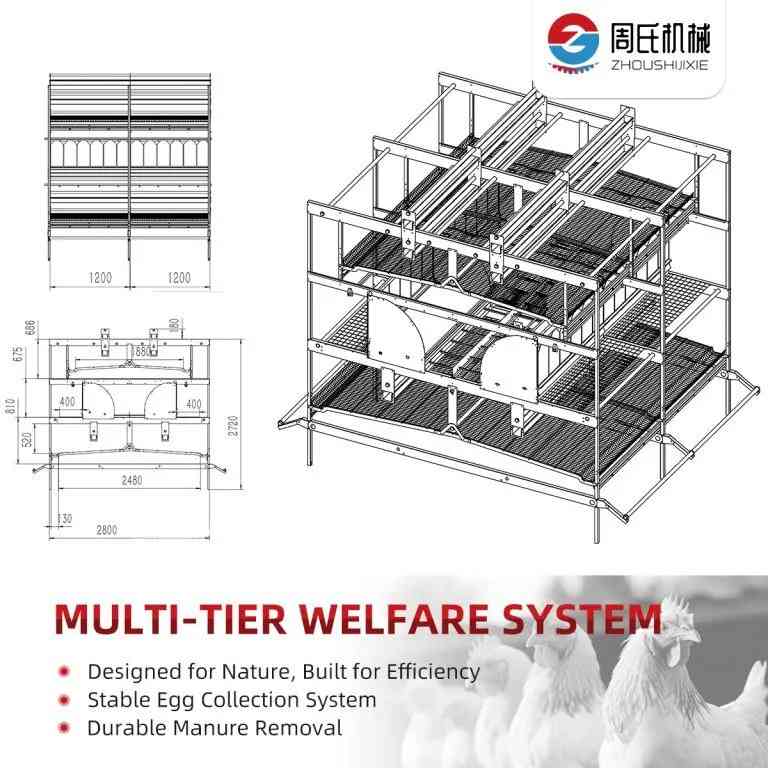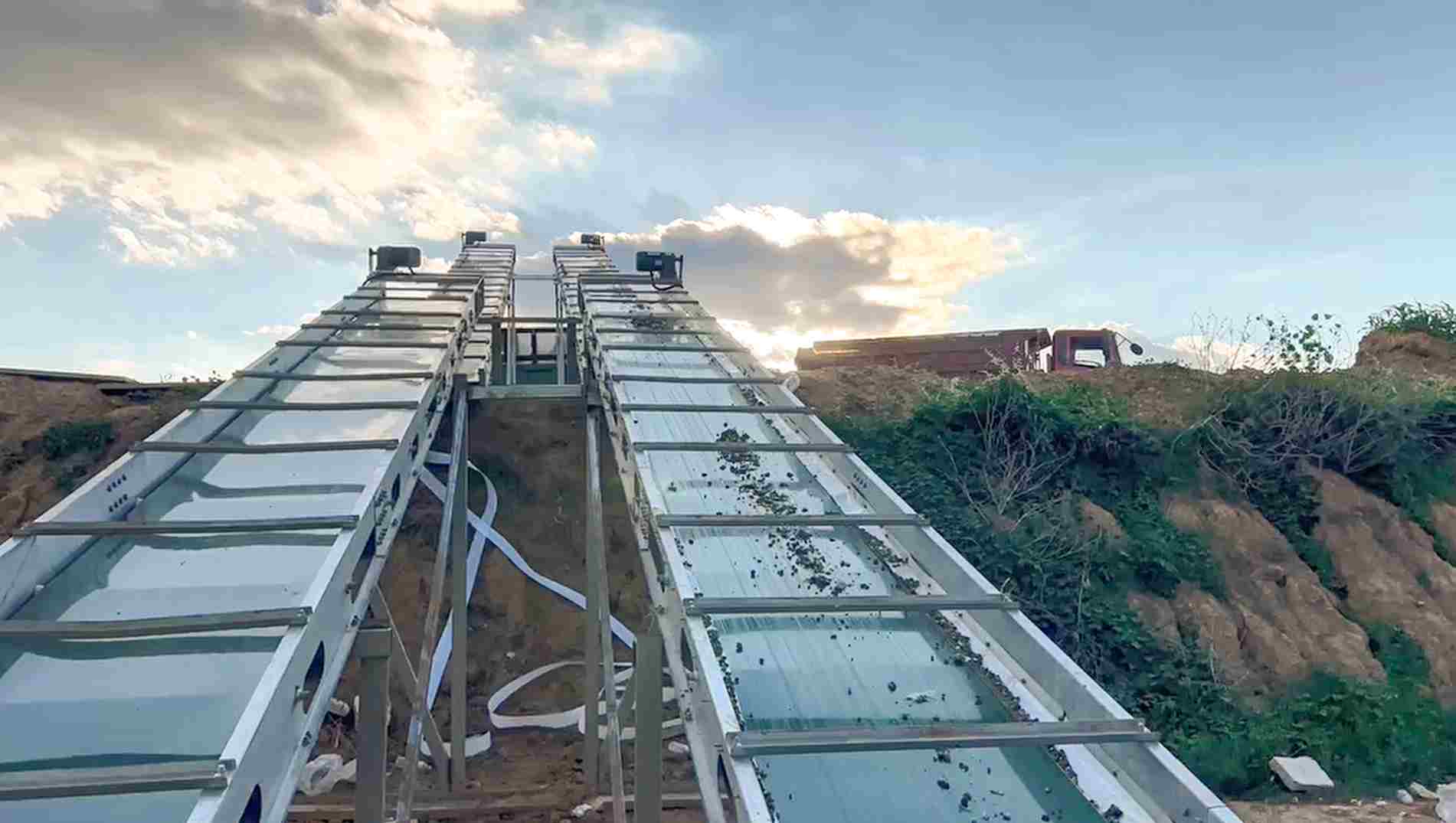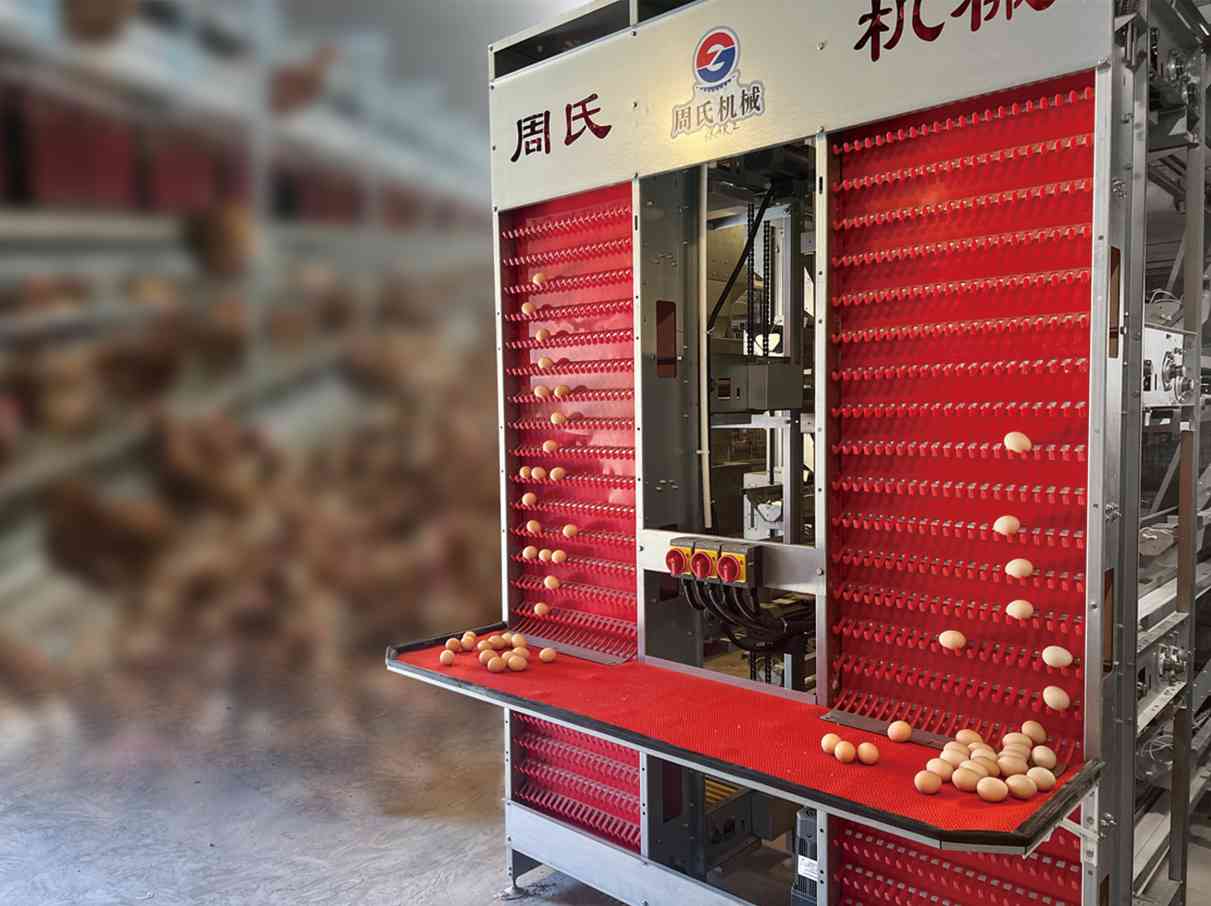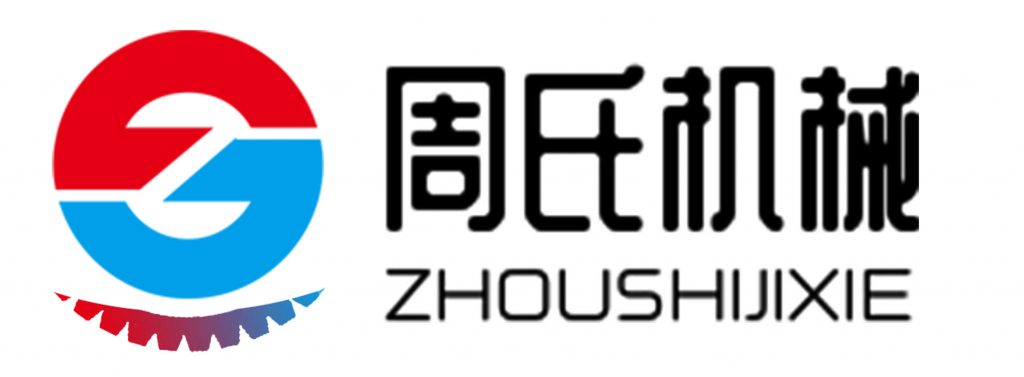What’s a Multi-Tier Welfare System and Why’s It a Big Deal for Laying Hens?
Getting the Idea of Multi-Tier Welfare Systems
A multi-tier welfare setup for laying hens is a smart housing layout that lets hens use up-and-down space with stacked floors, boosting movement and letting them act natural. Unlike flat setups where hens can’t move much or show behaviors, multi-tier ones give special spots for things like nesting, eating, perching, and dust baths.
This layout is super important for hen happiness because it fits their built-in wants—hens love high spots to chill, quiet corners to lay eggs, and open areas to scratch and bathe in dust.
How Does the Multi-Tier Layout Help Hen Actions?
The multi-tier setup splits into useful areas: a laying spot with side nest boxes padded soft and curtained; a rest and play area with perches on top and bottom floors; a feeding and drinking spot with troughs on both levels; and a sand bath area with dry littered floors for dust bathing, pecking, and hanging out. These set spots let hens do stuff like nest, perch, forage and dust bathe—big signs of good welfare.
Plus, hens move easy with steps and platforms, and movable walls let you manage flocks by age, cutting fights and helping pecking order.
What Makes a Welfare System Really “Hen-Focused”?
A welfare system turns “hen-focused” when it’s built from scratch to cover body and mind needs of laying hens. This means giving privacy for laying, cutting stress with smart space setup, and letting free moves between areas. Extra stuff like perches, litter spots, and different height platforms boost flock happiness more.

Meet ZEUS and Our Multi-Tier Welfare Setup
Who’s ZEUS and What Makes Our Products Stand Out?
At ZEUS, we focus on smart auto poultry gear made to hit production targets and welfare rules. Our gear comes from modular builds, digital controls, and hen-focused welfare ideas. We keep improving by taking global best ways and tweaking them for local farms.
Key Bits of ZEUS’s Multi-Tier Welfare System
Modular Build for Bendy Farm Setups
Our multi-tier setups are modular, letting farmers tweak layouts for flock numbers, building sizes, and how they manage.
Smart Space Use for Hen Movement
The cascading breeding equipment means that chicken cages are stacked one on top like a building, saving land and personnel. With up to 4 or more layers in our small stacking systems, a 15-meter-wide, 100-meter-long, and 4-meter-high cage can breed 48,000 to 51,120 chickens. This tall smart use gives hens more useful space in the same area.
Built-In Feeding, Lighting, and Egg Pickup Systems
The feeding carriage is operated by remote control or buttons the feed will evenly fall on the feed trough for the chickens to eat freely. Our systems also include automatic drinking systems that ensure equal water pressure in the nipples. Additionally, the automatic egg collection system is equipped with a soft egg removal device which can remove soft and broken eggs before the eggs enter the egg collecting machine—enhancing both efficiency and cleanliness.
How Does ZEUS Make Sure It Meets Welfare Rules?
We add environment control system that handles heat, moisture, and air. The temperature, humidity and harmful gases in the chicken house are collected through the environmental controller to achieve a more ideal growth environment. Plus, our layer cages are designed with moderate strength and elasticity to meet the technical requirements of comfortable walking for chickens, reducing injury rates.
How Can You Boost Your Egg Quality?
The Link Between Hen Happiness and Egg Goodness
Happy hens give better eggs. Cutting stress is key for shell toughness. When hens get quiet nest spots and feel safe:
Less Stress Means Stronger Shells
Provide laying hens with a relatively independent, hidden and appropriately sized space so that they can lay eggs with peace of mind. This drops stress hormones that mess with calcium take-up, giving tougher shells.
Natural Actions Boost Nutrition
Freedom to forage and dust bathe gets hens moving, improving body workings. A rich setup can give better yolk color and more omega-3 from varied eating due to exploring.
How Does a Multi-Tier Setup Affect Egg Cleanliness?
Splitting areas means eggs drop in clean nests not random spots. Eggs roll to a belt and go to front platform or central line—easy and saves work. This cuts dirt from poop or breaks.
Why Are Eggs from Well-Cared Hens Easier to Sell?
Buyers want more cage-free or welfare-stamped stuff. Eggs from good multi-tier setups hit high marks—cleaner shells, tougher build, better taste—which means more demand and higher prices.

How Does the Multi-Tier Setup Add Worth to Your Egg Making?
Better Output from Healthier Hens
A clean spot with auto manure belts cuts moisture in droppings, dropping ammonia that hurts lungs. Healthy hens eat good, lay steady, and last longer.
Lower Deaths and Higher Lay Rates
The set space cuts mean fights. Create a suitable egg production environment and reduce external interference thereby increasing the egg production rate. Less stress means fewer deaths over the cycle.
How Can Better Egg Quality Bump Up Store Prices?
Top eggs can get premium prices in special markets like organic or free-range. Clean eggs with steady shell strength cut losses in moving and handling, boosting profits at wholesale and store levels.
Common Questions About Laying Hens in Multi-Tier Setups
How Do Laying Hens Get Used to Up-and-Down Living?
Slow Switch and Rich Spots Help
Bringing birds in slow with known cues helps switch. Rich spaces push exploring without stress.
Why Lighting and Perch Setup Matter
Good light times help hens know day/night across floors. Many perch choices at heights help rest and keep legs strong.
What Are Daily Hen Habits in These Setups?
Nesting, Foraging, Perching: Pushed by Smart Layout
Dry littered floor areas support dust bathing, pecking, and social play, while nesting boxes offer seclusion during egg laying. Perches allow for natural roosting behavior at night.
Less Fights from Smart Space
By distributing resources like feed and water across multiple levels with chain feeding lines on both levels drinking lines are separate from feeding zones to increase chicken movement, competition is minimized—reducing pecking incidents.
Real Perks for Farmers Using ZEUS’s Gear
How Easy Is Keeping a ZEUS Multi-Tier System?
Auto Clean and Egg Pickup Bits
Chicken raising equipment with a high degree of automation. Cleaning manure, feeding, and picking up eggs can all be accomplished through buttons. This auto stuff drops work costs and keeps things steady.
Tough Stuff Cuts Long Costs
Our equipment uses corrosion-resistant galvanized steel parts built for longevity. Components like belts, motors, and cages are designed for minimal maintenance cycles.
What Help Does ZEUS Give Farmers?
We give custom planning—from air flow design to waste handling—fit to each spot. Our team gives install tips, software setup, ongoing training, and after-sales help.

FAQ
Q: How can you improve the quality of your eggs through better housing systems?
A: A multi-tier system promotes natural hen behaviors like nesting and dust bathing while reducing stress. This directly improves shell strength, cleanliness, and nutrient profile of eggs.
Q: Why is hen welfare important in commercial egg production?
A: Healthy hens lay more consistently over time. Better welfare reduces disease risk, mortality rate, and improves productivity while meeting consumer demand for ethical products.
Q: What is the difference between single-tier and multi-tier systems for laying hens?
A: Single-tier systems restrict vertical movement and behavioral variety. In contrast, multi-tier designs use vertical space effectively—offering separate zones for feeding, laying, resting, and dust bathing—thus enhancing welfare and productivity.

